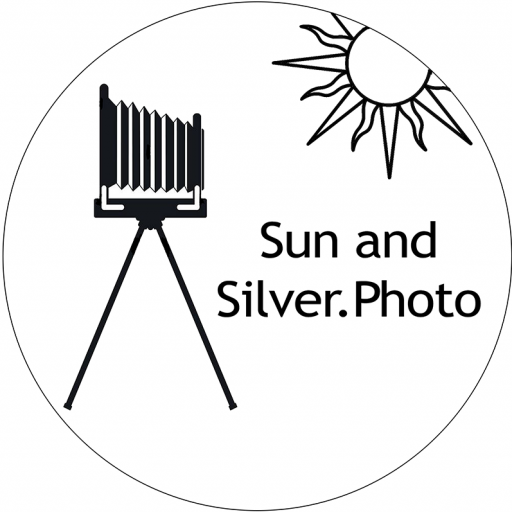The 19th century saw a flurry of new photographic processes. The Daguerrotype, the first announced process, was cumbersome, slow and used some pretty nasty chemicals. The Salt process, which is the foundation of all film photography, was much better. But it still was involved and too slow for portrait photography.
Around 1850 Frederick Scott Archer invented the wet plate collodion process. Collodion was fast enough for portraits (a few seconds) and produced beautiful images! Wet plate collodion became the dominant photography method for much of the next 40 years. It slowly gave way to dry plate and then more modern photographic film.
Wet plate photography is so named because the photograph must be taken while the plate is still damp – typically within 10-15 minutes of being sensitized. So wet plate photographers must have a darkroom available. Wet collodion is usually produced on either metal plates (tintypes) or glass plates (Ambrotypes). I do images on both aluminum plates and glass – but I do prefer glass! I hand cut most of my glass plates from reclaimed or antique glass with a few plated made from new stained glass.
The past decade has seen a resurgence in wet plate photography. People are discovering the unique beauty of real silver based images. They also enjoy the slower pace of wet plate photo sessions. The experience is relaxing and contemplative and there is time to develop a relationships between the guest and photographer and the final image.
FAQ’s for Collodion Portrait Sessions
Check out my Wet Plate Collodion Portfolio
